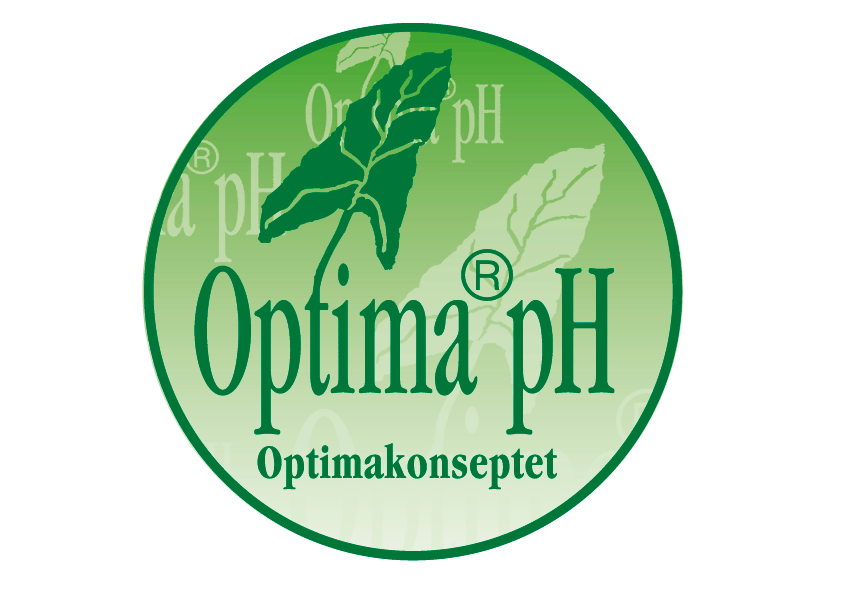Which Wound Patients Should Undergo Blood Testing?
Our wound outpatient clinic in the specialist healthcare service routinely performs blood tests during the initial consultation for all patients presenting with chronic, non-healing wounds. Several years ago, this was not part of our standard protocol, and we occasionally encountered significant diagnostic oversights.
For example, in elderly patients with significantly impaired arterial circulation, wounds heal poorly if haemoglobin (Hb) is below 10 g/dL. When Hb drops below 8 g/dL, wound healing is generally not possible. Over the years, we have identified numerous patients with previously undiagnosed type 2 diabetes mellitus. We have also seen many patients with undiagnosed gout, which turned out to be the underlying cause of toe ulcers. Furthermore, nearly half of our patients have undiagnosed vitamin D deficiency, which not only affects bone health but also plays a role in wound healing.
Consider that routine blood tests are performed on nearly all hospital inpatients, regardless of diagnosis. Therefore, conducting routine blood tests in patients with chronic or non-healing wounds is by no means a misuse of resources.
We also recommend that primary care providers perform routine blood testing in patients with chronic wounds, especially in patients over the age of 75.
Recommended Routine Blood Tests in Chronic Wound Assessment:
Complete Blood Count:
-
Hemoglobin (Hb)
-
White blood cell count (WBC/LPK)
-
Platelets
Liver Function Tests:
-
Gamma-glutamyl transferase (GGT)
-
Transaminases
-
Bilirubin
Renal Function Tests:
-
Creatinine
-
Estimated glomerular filtration rate (eGFR)
Diabetes Screening:
-
HbA1c
-
Fasting plasma glucose (S-glucose)
Additional Parameters:
-
Vitamin B12
-
Folate
-
Vitamin D
-
Albumin
Blood Tests in Atypical Wounds
Sometimes it is immediately apparent that a wound has atypical features and does not resemble the common types of wounds we usually encounter (contusion wounds, venous ulcers, arterial ulcers, mixed ulcers, pressure ulcers, and diabetic foot ulcers). Certain conditions, such as vasculitis and calciphylaxis, are generally easier to diagnose based on the clinical picture. However, all atypical wounds may mimic the above types, leading to diagnostic pitfalls.
A biopsy should be taken at the slightest suspicion that a wound may be atypical in nature. Several biopsies for routine histology are standard, and the specimens are sent in formalin. For certain types of atypical wounds, additional biopsies for direct immunofluorescence (DIF) may also be indicated. A more detailed discussion of biopsy procedures is found in the chapter titled 'Biopsy'.
Even with optimally performed biopsies, the pathologist may still find it difficult to reach a definitive diagnosis. Investigating atypical wounds can resemble solving a complex puzzle, and specific blood tests may represent crucial pieces in understanding the full picture.
The following blood tests are recommended when assessing atypical wounds:
General Blood Tests
-
CRP and ESR – markers of inflammation
-
Hemoglobin, leukocytes (with differential), platelets (complete blood count) – to detect anemia, infection, or hematological disease
-
Renal and liver function tests – creatinine, eGFR, ALT, AST, ALP
-
Glucose and HbA1c – to detect undiagnosed diabetes mellitus or monitor known diabetes
Autoimmune and Vasculitis Screening
(If an immunological cause is suspected):
-
ANA (antinuclear antibodies)
-
ANCA (myeloperoxidase and proteinase-3) – if vasculitis is suspected
-
Complement factors (C3, C4)
-
Rheumatoid factor and anti-CCP – if RA or vasculitis-associated disease is suspected
-
Cryoglobulins and serum protein electrophoresis – if cryoglobulinemia is suspected
Coagulation Disorders and Hypercoagulability
-
APTT, INR
-
Lupus anticoagulant
-
Anticardiolipin antibodies / β2-glycoprotein I antibodies – if antiphospholipid syndrome is suspected
Other Relevant Tests Based on Clinical Suspicion
-
TSH and free T4 – to assess thyroid function
-
Vitamin B12 and folate – if neuropathy is suspected
-
HIV and hepatitis serology – in cases of immunodeficiency or relevant risk factors
-
Borrelia serology – if Lyme disease is suspected
What Can C3 and C4 Tell Us?

Complement factors should always be interpreted with other tests (ANA, ANCA, cryoglobulins, renal function, urinalysis) and clinical findings. In most rural hospitals in Africa, these advanced blood tests are usually not available, and you may have to make a clinical diagnosis based on the appearance and behaviour of the ulcer alone.
As you can see, some of these blood tests have rather exotic names, and most of us who do not work in rheumatology or dermatology are unfamiliar with interpreting such results. If you work in primary care, any wound with a suspected atypical etiology should be referred to a dermatology department.
























